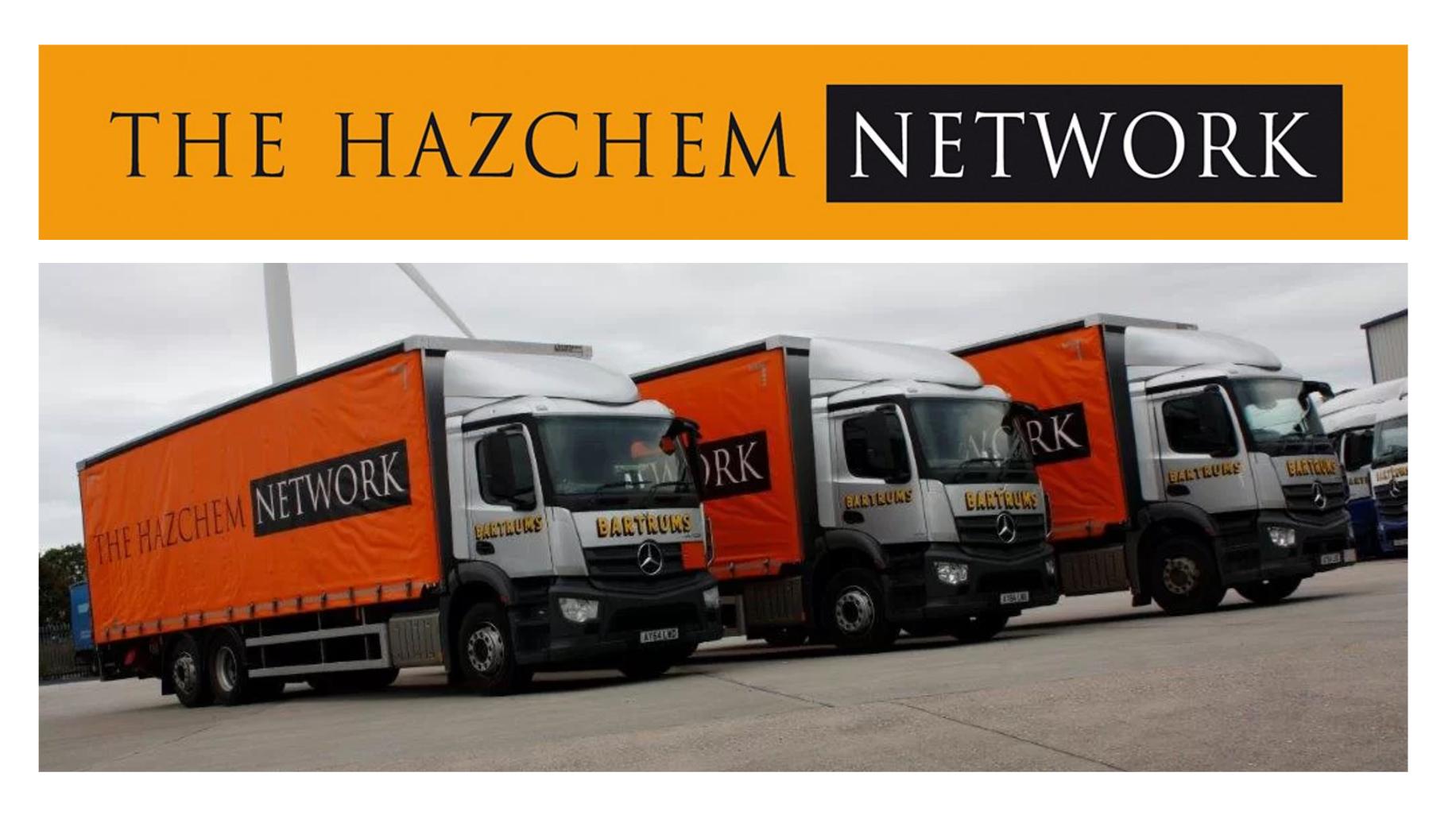
How Hazchem Network is Transforming Its Materials Handling Fleet
Replacing a materials handling fleet can significantly enhance operational efficiency and safety. The Hazchem Network has invested over £250,000 to replace its entire forklift truck fleet, aiming to improve service delivery and compliance with safety regulations. This strategic move is expected to yield substantial benefits in both performance and safety standards.
Why did Hazchem Network decide to replace its materials handling fleet?
The decision to replace the materials handling fleet at Hazchem Network stems from a commitment to maintaining high safety standards and operational efficiency. As regulations surrounding hazardous goods transport become more stringent, investing in modern equipment ensures compliance and enhances service reliability. The previous fleet was likely aging, which could have led to increased maintenance costs and potential safety risks.
What are the key features of the new forklift fleet?
The new forklift trucks introduced by Hazchem Network come equipped with advanced technology designed for enhanced performance. Key features include:
- Improved Lifting Capacity: Capable of handling heavier loads efficiently.
- Enhanced Safety Features: Incorporating sensors and alarms to prevent accidents.
- Ergonomic Design: Designed for operator comfort, reducing fatigue during long shifts.
- Energy Efficiency: Utilizing modern engines that reduce fuel consumption and emissions.
Key Features Chart
| Feature | Description |
|---|---|
| Lifting Capacity | Higher load capacity |
| Safety Features | Sensors, alarms, stability controls |
| Ergonomics | Comfortable seating and controls |
| Energy Efficiency | Reduced fuel consumption |
How much has been invested in the fleet replacement?
The Hazchem Network has made a substantial investment of over £250,000 in replacing its entire fleet of forklift trucks. This financial commitment reflects the organization’s dedication to enhancing its operational capabilities and ensuring compliance with industry standards.
What benefits will the new fleet bring to operations?
The introduction of a new forklift fleet is expected to deliver several significant benefits:
- Increased Efficiency: New technology enables faster loading and unloading processes.
- Reduced Downtime: Modern forklifts require less maintenance, minimizing operational interruptions.
- Enhanced Safety: Improved safety features will reduce the likelihood of accidents, protecting both employees and cargo.
Benefits Chart
| Benefit | Impact |
|---|---|
| Increased Efficiency | Faster operations |
| Reduced Downtime | Fewer maintenance issues |
| Enhanced Safety | Lower accident rates |
How will this investment impact safety and efficiency?
Investing in a new materials handling fleet directly correlates with enhanced safety protocols and operational efficiency. The latest forklifts are designed with advanced safety mechanisms that help prevent workplace accidents. Additionally, improved efficiency leads to quicker turnaround times, which can significantly boost productivity levels across operations.
What are the future plans for the Hazchem Network?
Looking ahead, Hazchem Network plans to leverage its new equipment to expand service offerings and improve delivery times. By integrating advanced logistics technologies with their updated fleet, they aim to enhance overall customer satisfaction while maintaining compliance with hazardous goods regulations.
OEM Tips
When considering OEM orders for materials handling equipment, it’s crucial to partner with a reliable manufacturer like Redway Battery. With over 13 years of experience in lithium battery production, Redway offers high-quality alternatives to traditional lead-acid batteries. To ensure successful OEM orders:
- Research potential manufacturers thoroughly.
- Request samples or prototypes before committing.
- Discuss customization options that meet specific operational needs.
LiFePO4 Battery Expert Views
“Switching to lithium batteries not only reduces weight but also increases energy efficiency,” explains an industry expert. “For applications like forklifts in hazardous environments, this transition can lead to significant cost savings over time.”
